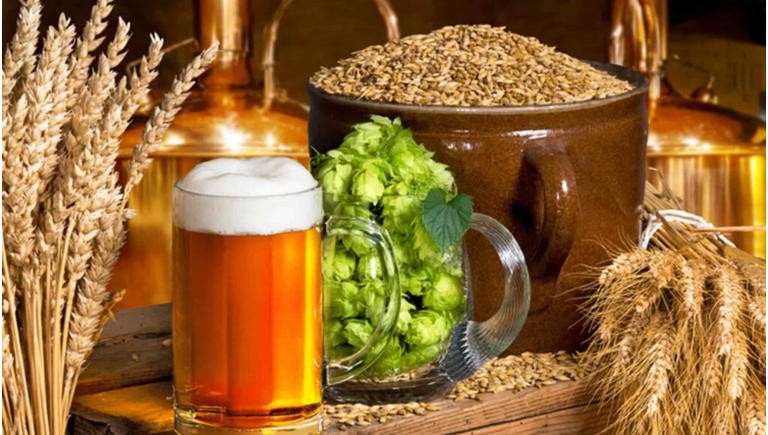
SOURCE
Fermenting Flavors: The Science Behind Beer
Hello my friends who love delicious beer, we all like to enjoy a good dose of this refreshing product from time to time, but sometimes we don't even imagine that behind that refreshing flavor there is a very complex science, so today I want to talk to you about this magical process.
Beer is made from four basic ingredients: malt, water, hops and yeast. The first stage of the process is the selection of malts. The most commonly used cereal for making beer is barley, but other cereals can also be used, such as wheat, sorghum, rice, among others. The mantiated cereals provide the sugars, the majority of which is mantose, which is a glucose disaccharide. During the milling process, the grain is degraded and the endoperm is exposed, which is the area of ??the grain where the sugars are found, leaving the shell intact.
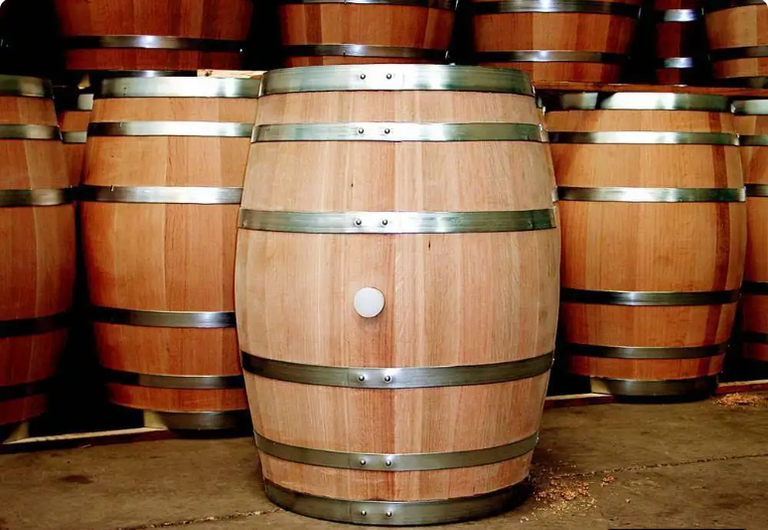
SOURCE
The Art of Brewing: How Beer is Made
The malt husk is very important in the grain separation and washing process, as it acts as a natural filter to retain the grain bed in place and helps separate the wort from the grains. The malt grains are mixed with water in a process called mashing, which consists of obtaining the wort by the action of the grain's own enzymes. The wort then constitutes the sweet liquid obtained after the grain soaking and mashing process. At this stage it is very important to take into account the composition of the water, as it can influence the style of beer to be made. Next, the so-called wort cooking takes place, which involves boiling the wort.
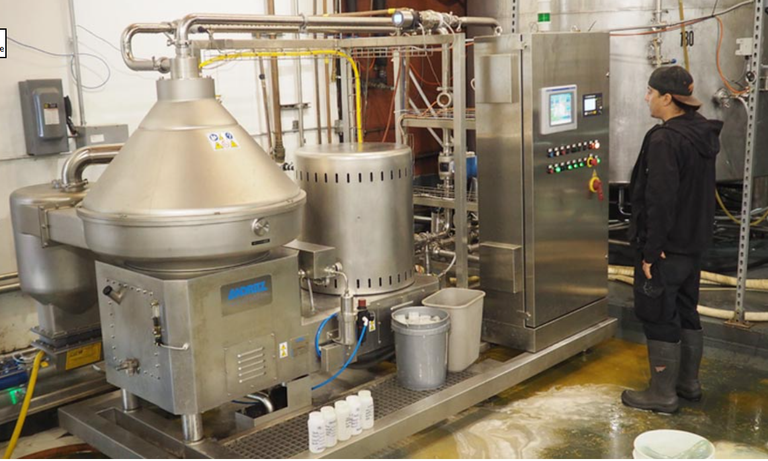
SOURCE
From Must to Toast: The Beer Making Process
At this stage, hops are added and constitute an essential input to provide bitterness and aroma to the beer. Hops are a climbing plant belonging to the cannabinoid family. The part of the plant that is used are the flowers, which contain a substance called luculin, rich in alpha acids, responsible for bitterness, and essential oils responsible for aromas. In turn, the luculin has a positive effect on the stability of the foam and favors the conservation of the beer by inhibiting bacterial growth. The noise is extinguished by the fire and the wort is vigorously stirred in a mechanism called a whirlpool so that the residues precipitate and accumulate in the center of the pot, and in this way do not pass to the next stage of the process. Next, the wort is cooled, the temperature of the boiled wort must be lowered to a temperature that does not harm the yeasts that will carry out the alcoholic fermentation process. The cooled must is transferred to a clean, sanitized container into which the yeast is added.
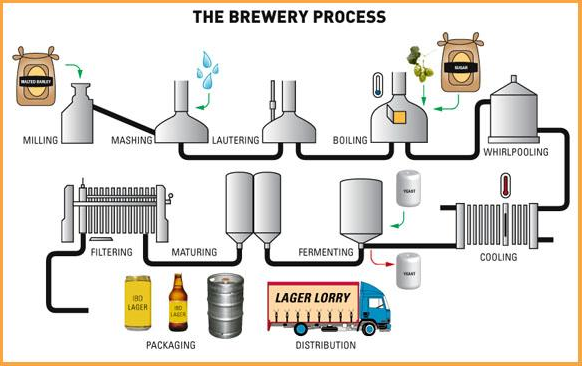
SOURCE
The Alchemy of Beer: Ingredients and Process
During alcoholic fermentation, which usually lasts between four and five days, the yeast consumes the sugars in the must, producing ethanol and carbon dioxide as the main compounds, while also releasing volatile compounds and other minor substances into the environment in concentration, but with great sensory impact. Once alcoholic fermentation is complete, maturation or clarification takes place, which consists of placing the beer in cold chambers at a temperature of between zero and four degrees. It is then transferred to bottles together with some yeast. The addition of sugar generates a second fermentation, now in the bottle, with the yeast that remains in suspension, and natural carbon dioxide is obtained. There are also other forms of carbonation..
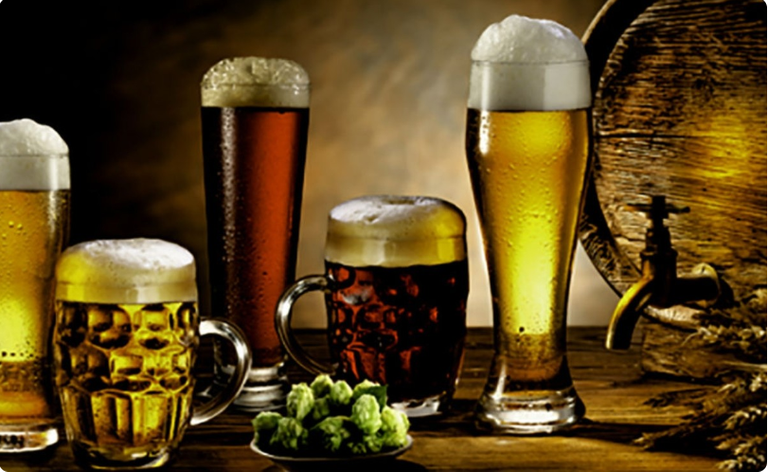
SOURCE
Finally, before being marketed, it is labeled and placed in boxes for palletizing and subsequent shipping.Well, that's all I was researching to prepare this little post, I hope you enjoyed it. Thanks for your support.





Okay, you did your homework and learned the beer brewing process. How about sampling some local craft brews now? A glimpse at the #beersaturday rules might also help ;)
Thank you very much for your comment and suggestion. I will review the rules soon.
Congratulations @yuli05! You have completed the following achievement on the Hive blockchain And have been rewarded with New badge(s)
Your next target is to reach 60 posts.
You can view your badges on your board and compare yourself to others in the Ranking
If you no longer want to receive notifications, reply to this comment with the word
STOPCheck out our last posts: